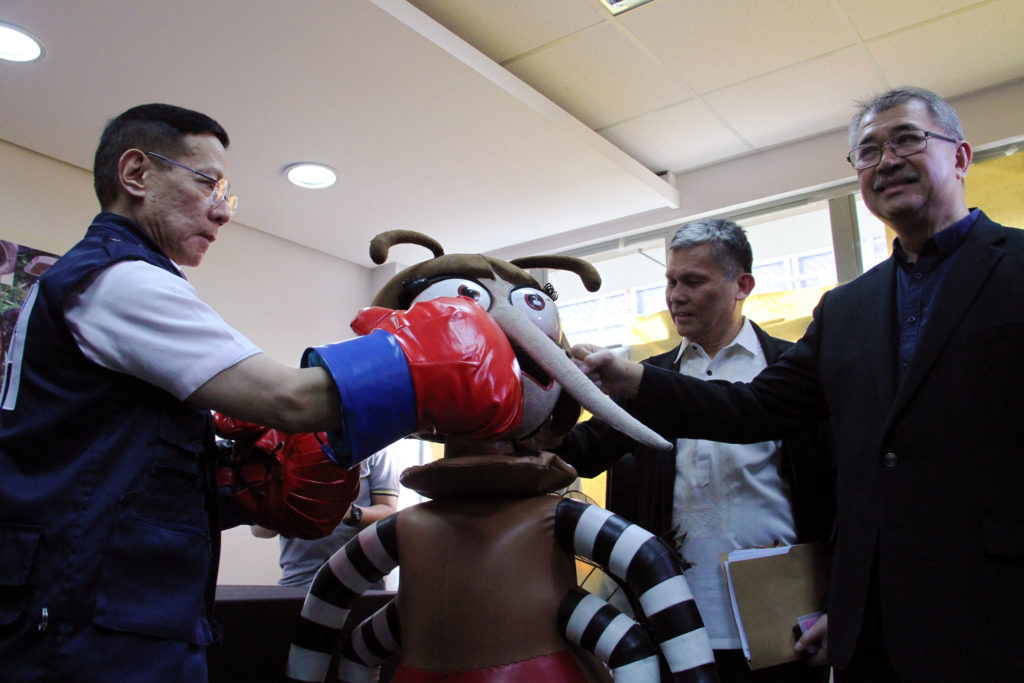
THE Department of Health (DOH) on Tuesday, August 6, declared a national dengue epidemic amid the rising cases of the mosquito-borne disease that has so far claimed at least 622 lives since January throughout the Philippines.
According to Health Secretary Francisco Duque III, the declaration was needed to speed up response.
“It is important that a national epidemic be declared in these areas to identify where a localized response is needed and to enable the local government units to use their quick response fund to address the epidemic situation,” he said during a press conference at the National Disaster Risk Reduction and Management Council (NDRRMC) in Camp Aguinaldo.
The announcement came following the national dengue alert that DOH issued three weeks ago.
Defense Secretary Delfin Lorenzana, as chair of the NDRRMC, said he has issued a memorandum circular urging all agencies of NDRRMC “to support the nationwide dengue epidemic response.”
“Lahat nung mga member ng NDRRMC na agencies (All member agencies of the NDRRMC) will now support the efforts of the DOH to stop this epidemic, eliminate this epidemic,” he said.
Lorenzana also explained that a national emergency or state of calamity had not been declared due to the disease only affecting select areas.
“May mga areas na malaki, mas malaki ang tama, may mga maliliit (There are areas that are worse affected, others not so much). It’s up to the provinces and towns to declare their own state of calamity,” he said.
Duque noted that 146,062 dengue cases were recorded nationwide from Jan. 1 to July 20 — a figure that is twice the recorded cases (73,818) during the same period last year.
Based on a DOH dengue surveillance report, Western Visayas had the most number of cases at 23,330, followed by Calabarzon with 16,515. Zamboanga Peninsula reported 12,317 cases; Northern Mindanao, 11,455; and SOCCSKSARGEN, 11,083 cases.
Meanwhile, the seven regions that have exceeded the epidemic threshold are Calabarzon, Mimaropa, Bicol, Western Visayas, Eastern Visayas, Zamboanga Peninsula and Northern Mindanao.
Ilocos, Central Visayas and the Bangsamoro Autonomous Region in Muslim Mindanao, on the other hand, are the regions that have exceeded the alert threshold.
A risk
A group of doctors, scientists and health professionals on Thursday, Aug. 1, urged the government to lift the ban on Dengvaxia vaccine due to the surge in dengue cases.
Dengvaxia was banned in 2017 after Sanofi Pasteur, its manufacturer, disclosed that the vaccine could cause severe dengue in patients with no prior exposure to the virus.
Duque, for his part, pointed out that Dengvaxia was not cost-effective at P1,000 per dose.
“It is not recommended for mass vaccination because there is no reliable test that would establish prior dengue infection. If there is, this particular test cross-reacts with several other viruses,” the health secretary said.
“Who knows that severe dengue reaction will not occur in a particular individual? So there’s a risk,” he added.


